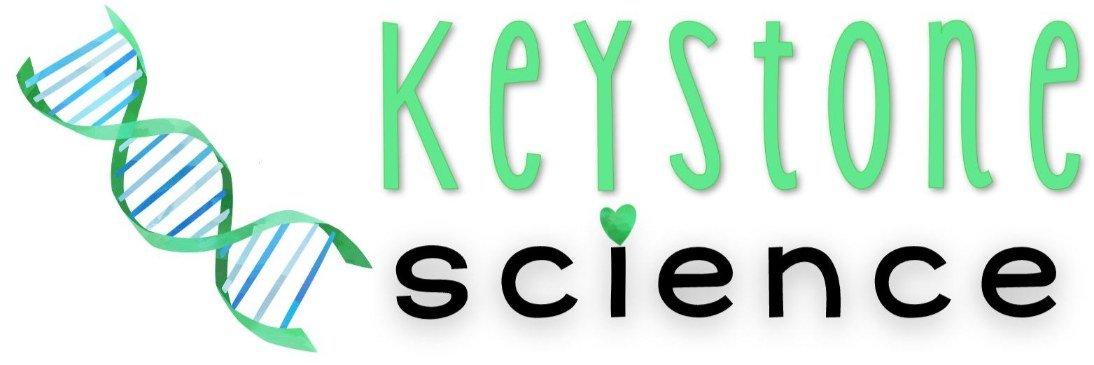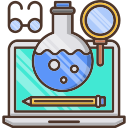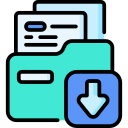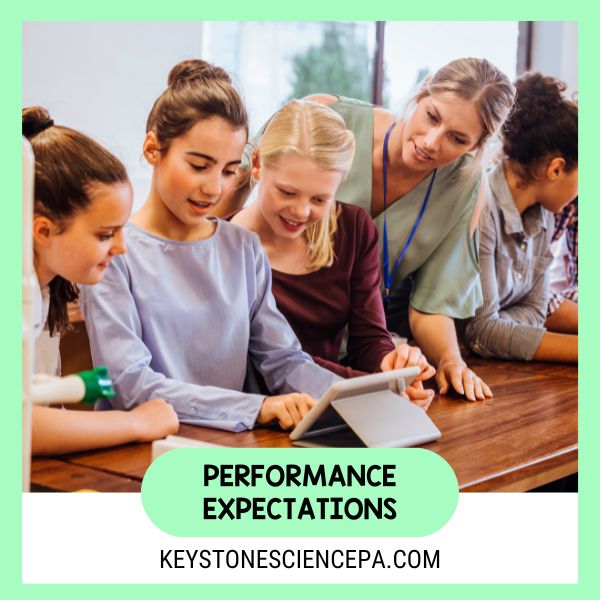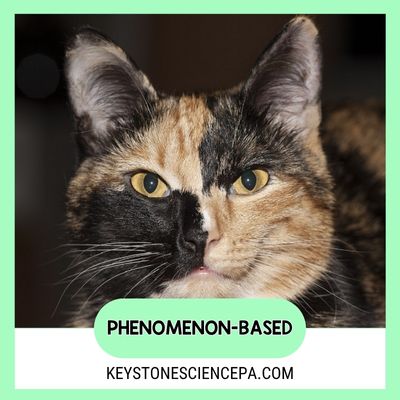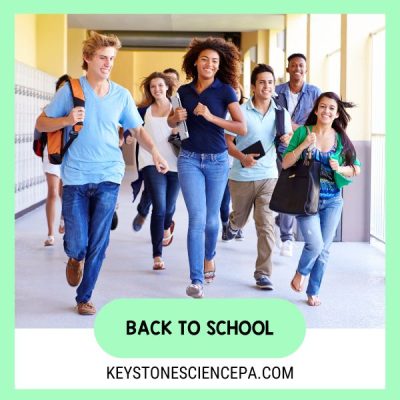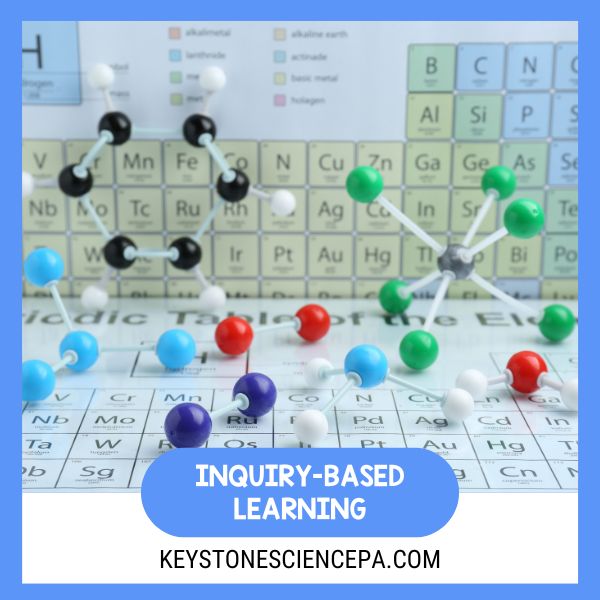Hey there, fellow science teachers!
Now that we’re in a new year and we’ve tackled the ins-and-outs of 3D Learning, this is the perfect time to see how effective your rock-star lessons are by challenging your students to demonstrate their level of understanding through …drum roll please 🥁 🥁🥁…
Performance Expectations!
Buckle up because we are going to dive into the exciting world of Performance Expectations (PEs) and how they can supercharge your students’ success.
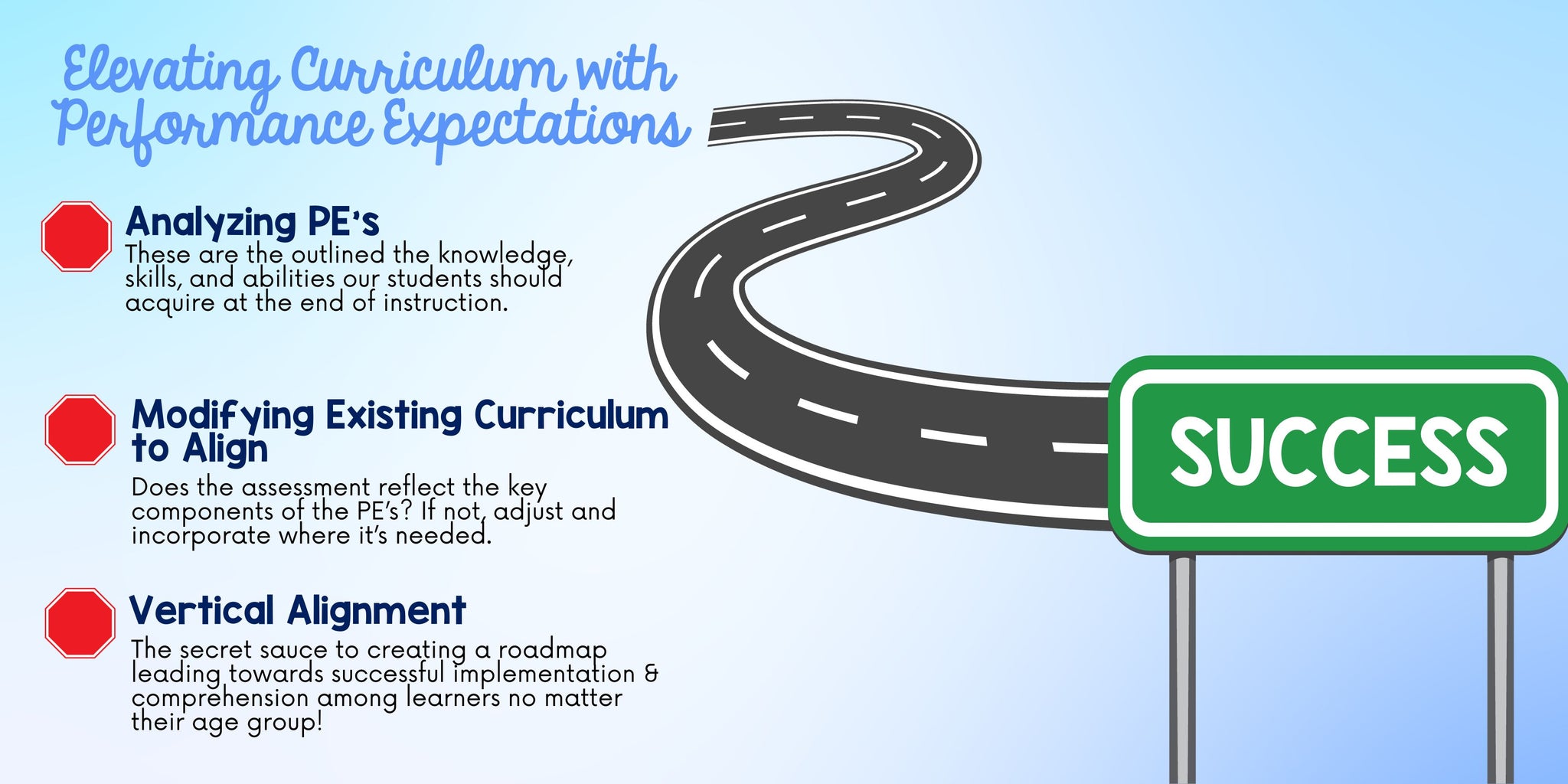
In this blog post, we’re going to break down the structure of performance expectations as they’re written in NGSS, explore how they play a crucial role in our curriculum and why aligning existing lessons with performance expectations creates connections across disciplines. So, grab your lab coat and let’s get started!
Analyzing Performance Expectation Statements
First things first, let’s examine what performance expectations are all about. Think of them as the guiding stars that illuminate our teaching journey. They outline the knowledge, skills, and abilities our students should acquire at the end of instruction, which could mean the end of the unit, course or school year. By understanding the components of performance expectation statements, we can unlock a whole new level of curriculum development. These statements help us identify key components as well as which expectations we need our students to meet before moving on to the next unit.
Breaking down a NGSS Performance Expectations

*Image source: Next Generation Science Standards
Now, let’s put our detective hats on and analyze performance expectation statements. We’ll unpack them, piece by piece, to uncover the hidden gems within. Once we identify the key components and expectations within PEs, we can craft lessons that truly empower our students.
Remember, the purpose of a performance expectation is simply to identify what your students should be able to comprehend or what they should be able to do by the end of the instructional time. So, if we take a look at the performance expectation statement above, there are a few keywords that should stand out because of what we have already covered in SEP’s and CCC’s.
Unpacking Key Components of Performance Expectation: HS-LS2-7
“Design, evaluate and refine a solution…” targets SEP’s while “…impacts of human activities…” targets CCC’s.
If you’re thinking “Ok, I know what dimension it targets, but HOW do I get my students to do this?”, you’re not alone. Luckily, the hard work has already been done. Remember the 5 Steps to Align your Curriculum with NGSS post? The 5 steps walked you right through how to take your existing lesson and tweak it so that it uses science, engineering, analysis and real-world application.
Yes, you’re done 🤯!
While the majority of the work is already done, it’s important to still review the newly aligned lesson to ensure that based off of the SEP’s and CCC’s you’ve integrated, that your students will be able to meet the performance expectations.
Lesson Example
Step 1: Identify a lesson that best aligns, overall.
The PE: HS-LS2-7 aligns seamlessly with the Ecology PowerPoint Guided Notes and the Biogeochemical Cycles Activity. Here we are targeting the main topics of environment and biodiversity.
Step 2: Identify key components and activities or labs to practice. Here, “…the impacts of human activity…” will be covered.
Now that the bulk of processes and identification in Ecology has been covered, you can start initiating class discussions or activities highlighting how human activity impacts such ecosystems. A go-to application lesson of mine is Disturbances to Ecosystems. This station rotation is an excellent introduction to how various ecosystems are affected by human activity and through group discussions, you start to see light bulbs turn on! Conversations of not just the effect of human activity but specifically how the students’ daily life can influence biogeochemical cycles will begin to spark.

Next, covering the elements “Design, evaluate and refine…” Since this highlights SEP’s, it typically uses labs or more research based activities. Lessons that tie in these key components are The Native Plant Pollinator Garden, Vanishing of the Bees, Ecological Footprint and the Letter to a Politician: Environmental Activism
Modifying Existing Assessments to Align with Performance Expectations
Finally! Our lessons are completely aligned and strategically designed so students have the tools to successfully demonstrate the performance expectations. But what about our assessments? Are they aligned with these performance expectations through on-target questions and illustrations?
Let’s read through our current assessments and if you spot any gaps, fear not! I’ll provide you with strategies to modify, if you need to. For simplicity, start with your ready-made assessment for the Ecology unit, if you already have one. If not, any assessment will do.
Using the PE HS-LS2-7, you will want to read through each question and make sure it is asking questions where your students are being tested based off of the skills practiced in the unit. You’ll want to ask yourself “Does this assessment question reflect a key component of the PE?”
If you see questions that need to be aligned, here are some strategies to modify your assessments 👇
- Adjusting Questions: If the question is on target with Ecology, but not necessarily the PE, consider swapping out the action word to make it more science and engineering focused. Another option could be adding an illustration to the question. That way, students will need to analyze what the illustration is telling them to come to the best conclusion.
- Incorporating PB Assessments: PB or Project-Based Assessments can be overlooked because they might be viewed just as an activity. But it’s important to remember that the purpose of PE’s is to outline the knowledge, skills, and abilities the students should acquire at the end of instruction. If this can be demonstrated in a PB, then you have assessment worthy documentation!
- Utilizing Rubrics and Scoring Guides: If using PB Assessments, there are rubrics that can be used to help make grading a breeze. Bonus, When using a well designed scoring grade or rubric, you can even get all of your grading done as students present the findings of their PB 😎. It’s a win-win situation if I do say so myself!
If using PB assessments feels a little out of your comfort zone, try talking to colleagues that have used this approach or take a peek at some done-for-you PB lessons here:
The Native Plant Pollinator Garden, Vanishing of the Bees
These lessons are already aligned with NGSS and have rubrics for easy grading! 😉
Ensuring Vertical Alignment of Performance Expectations Across Grade Levels
The goal of NGSS is not just that the individual disciplines are using real-world applications and problem-solving skills, but that the student will build on knowledge gained from the previous science course.
This seamless progression is known as Vertical Alignment and it is the secret sauce to ensure our students build on their inquiry skills across grade levels.
Hopefully this is a district-led initiative, within your district, where the science level leads or science curriculum committee will meet to discuss the performance expectations for their discipline. If this structure is not set up within your district, consider meeting with teachers across other science levels and share your ideas and resources on how to best prepare your students for future courses.
These collaborations are essential to performance expectations because by sharing ideas, expected knowledge base and goals you are also creating a roadmap for success.
When reviewing performance expectation statements from different grades, it gives insight into connections between content areas throughout schooling years. This information allows educators, like ourselves, an opportunity to create scaffolding plans & progression maps based on these findings, which ultimately leads towards successful implementation & comprehension among learners no matter their age group!
When you identify clear performance expectations to your students and allow them to focus on practicing certain skills with specific goals, you will be amazed at how much growth can happen in the span of your course.
Conclusion
In case you need a quick recap, the importance of addressing performance expectations in our curriculum cannot be overstated. By implementing the strategies we’ve discussed, we can design an effective curriculum that sets our students up for greatness.
So, fellow teachers, let’s embark on this journey together. Let’s unleash the power of performance expectations and elevate our curriculum to new heights. Get ready to witness your students’ achievements soar like never before!
Remember, it’s all about maximizing student success, one performance expectation at a time. Let’s dive in, make a difference and inspire the scientists of tomorrow.
Until next time✌️!
